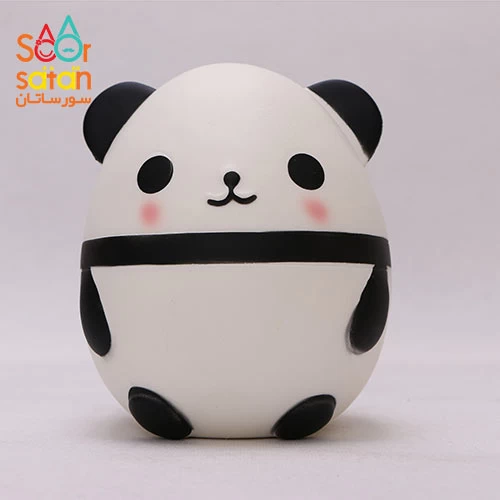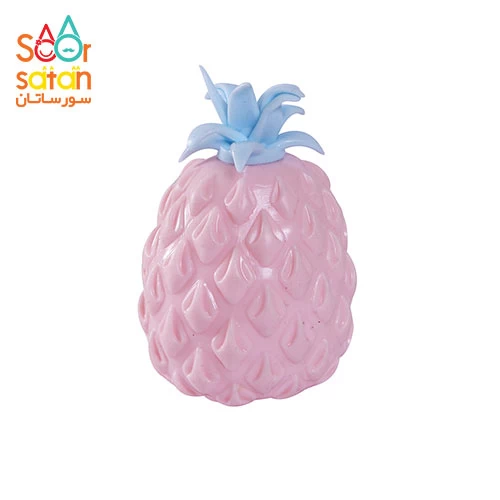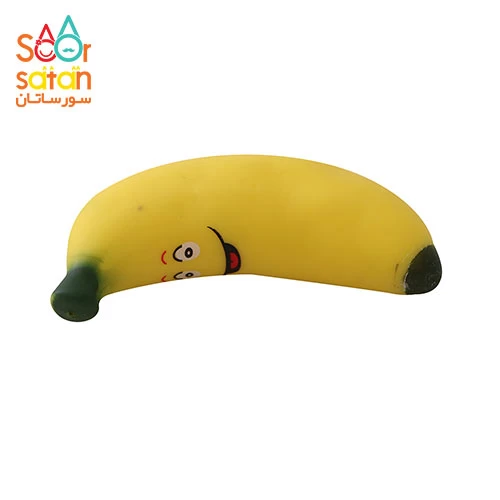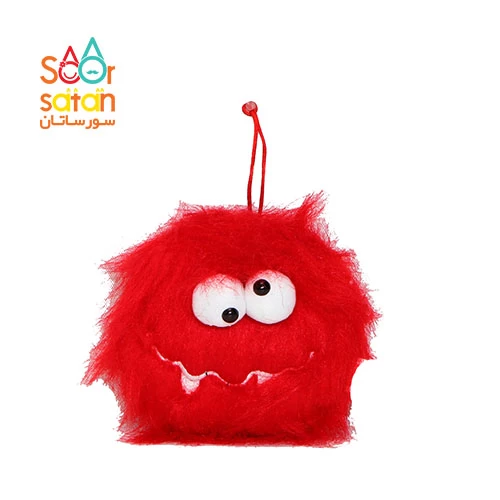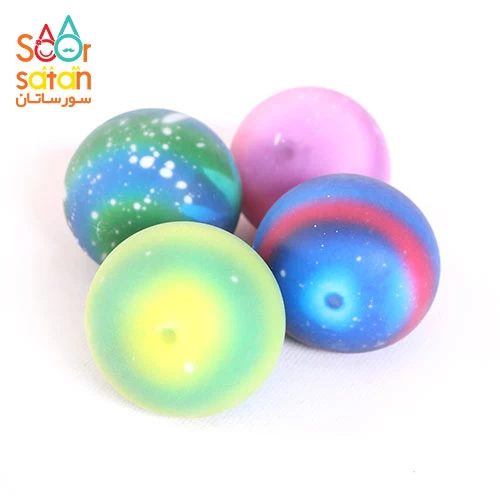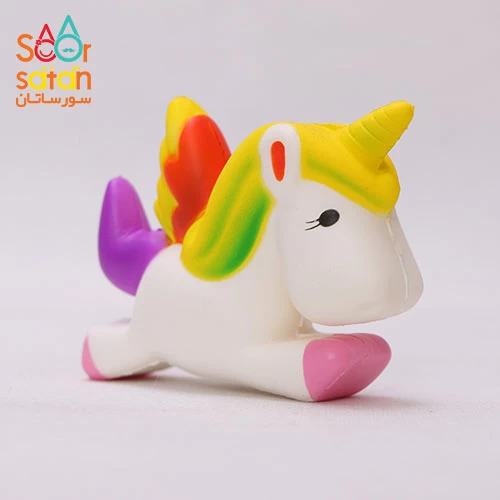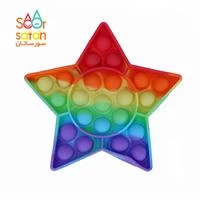Dolls & Accessories
Dolls and accessories have long been cherished playthings for children and collectors alike. These miniature figures and their accompanying items provide endless opportunities for imaginative play, creative expression, and even cultural exploration. Let's delve into the fascinating world of dolls and accessories.
Dolls are typically human-shaped figures, often fashioned to resemble babies, children, or adults. They can be made from various materials such as plastic, vinyl, porcelain, cloth, or wood. Dolls come in a wide range of sizes, from tiny pocket-sized dolls to life-sized figures. Some dolls are designed to be cuddly companions, while others are crafted with intricate details and articulation for poseability.
Dolls have a rich cultural and historical significance. They have existed for thousands of years and have been found in ancient civilizations across the globe. These early dolls were often made from materials such as clay, stone, or wood and served various purposes, such as religious rituals, teaching tools, or as symbols of protection.
Over time, dolls have evolved to reflect changing fashion trends, societal norms, and popular culture. They have become beloved companions for children, encouraging nurturing instincts and imaginative play. Dolls can represent diverse ethnicities, professions, and historical periods, fostering inclusivity and cultural understanding.
To enhance the doll-playing experience, a wide array of accessories are available. Doll accessories can include clothing, shoes, hats, jewelry, bags, and even miniature furniture and vehicles. These accessories allow children to dress up their dolls, create different scenarios, and bring their imaginative worlds to life.
For collectors, dolls and accessories hold a special allure. Doll collectors often focus on specific categories, such as antique dolls, fashion dolls, or dolls from a particular era or brand. Accessories play a vital role in enhancing the value and display of these collectible dolls. Collectors seek out rare and limited-edition accessories to complete their doll's ensemble or create historically accurate scenes.
In recent years, dolls have also become a means of promoting diversity and empowerment. Manufacturers have introduced dolls representing a wide range of ethnicities, body types, and abilities, promoting inclusivity and positive self-image. Such dolls can help children develop a sense of empathy, acceptance, and appreciation for diversity.
Furthermore, dolls and accessories have witnessed a blending with technology. Interactive dolls with voice recognition, touch sensors, and programmable features have become increasingly popular. These high-tech dolls can respond to a child's voice, movement, or touch, offering an immersive and engaging play experience.
In conclusion, dolls and accessories play a significant role in the lives of children and collectors alike. They provide avenues for creativity, storytelling, cultural exploration, and self-expression. Whether it's a simple cloth doll or an intricately designed collectible, these miniature figures and their accompanying accessories continue to captivate and inspire generations.

When it comes to exporting dolls and accessories, there are specific trading rules and guidelines that need to be followed to ensure a smooth and compliant transaction. Additionally, the concept of Free on Board (FOB) is often used to define the responsibilities and risks associated with the shipment. Let's explore these aspects further:
1. Trading Rules for Exporting Dolls and Accessories:
- Export Regulations: Each country has its own export regulations that govern the trade of goods, including dolls and accessories. These regulations may include documentation requirements, licensing procedures, restrictions on certain materials, safety standards, and compliance with trade agreements or embargoes.
- Customs Documentation: Exporting dolls and accessories typically requires the preparation of specific customs documentation, such as commercial invoices, packing lists, export licenses (if applicable), and certificates of origin. These documents provide the necessary information for customs authorities to clear the goods for export and ensure compliance with relevant regulations.
- Harmonized System (HS) Codes: Dolls and accessories are classified under specific HS codes, which are standardized codes used to categorize and identify goods for customs purposes. The correct HS code should be determined for accurate classification and appropriate customs duties and tariffs.
2. Free on Board (FOB) in Dolls and Accessories Export:
- FOB is a commonly used term in international trade that determines the point at which the responsibility and risk transfer from the seller to the buyer. It relates specifically to the transportation of goods.
- FOB Origin: With FOB Origin, the responsibility and risk associated with the dolls and accessories transfer to the buyer as soon as they leave the seller's premises. The buyer is responsible for arranging and paying for the shipment, as well as any costs or liabilities incurred during transportation.
- FOB Destination: FOB Destination means that the seller retains responsibility and risk until the dolls and accessories reach the buyer's designated destination. The seller is responsible for arranging and paying for the transportation, including any associated costs or liabilities.
It's important to note that the terms and conditions of the trade, including FOB, are typically agreed upon between the exporter (seller) and the importer (buyer) through negotiations and contracts. These terms should be clearly stated in the sales agreement or purchase order to avoid any confusion or disputes.
Exporting dolls and accessories involves compliance with various regulations and documentation requirements. It's advisable to work closely with customs agents, freight forwarders, or trade experts who can provide guidance specific to the exporting country and ensure adherence to all applicable rules and procedures.
In conclusion, dolls and accessories hold a special place in the hearts of children and collectors worldwide. These miniature figures and their accompanying items offer a gateway to imagination, creativity, and cultural exploration. From simple cloth dolls to intricately designed collectibles, they have the power to inspire storytelling, foster empathy, and promote diversity.
Dolls come in a wide range of shapes, sizes, and materials, reflecting different eras, ethnicities, and professions. They have a rich historical and cultural significance, serving as play companions, teaching tools, and symbols of artistry and craftsmanship.
The addition of accessories enhances the doll-playing experience, allowing children to dress up their dolls, create imaginative scenarios, and build miniature worlds. Accessories can include clothing, shoes, jewelry, furniture, and vehicles, providing endless possibilities for customization and storytelling.
For collectors, dolls and accessories have become cherished treasures. Whether focusing on antique dolls, fashion dolls, or specific brands, collectors seek out rare and limited-edition accessories to complete their doll ensembles, create historically accurate scenes, and build valuable collections.
Furthermore, dolls and accessories have evolved with technology, incorporating interactive features and digital platforms. These innovations engage children in immersive play experiences, combining traditional play patterns with the possibilities of the digital world.

In the trading realm, dolls and accessories are subject to specific rules and regulations governing import, export, and customs procedures. Compliance with these rules ensures smooth transactions and adherence to intellectual property rights, safety standards, and documentation requirements.
Ultimately, dolls and accessories are much more than playthings. They encourage creativity, foster social and emotional development, and provide opportunities for learning and self-expression. Through dolls and their accompanying accessories, children and collectors alike can embark on journeys of imagination, exploration, and discovery.

- Export Regulations: Each country has its own export regulations that govern the trade of goods, including dolls and accessories. These regulations may include documentation requirements, licensing procedures, restrictions on certain materials, safety standards, and compliance with trade agreements or embargoes.
- Customs Documentation: Exporting dolls and accessories typically requires the preparation of specific customs documentation, such as commercial invoices, packing lists, export licenses (if applicable), and certificates of origin. These documents provide the necessary information for customs authorities to clear the goods for export and ensure compliance with relevant regulations.
- Harmonized System (HS) Codes: Dolls and accessories are classified under specific HS codes, which are standardized codes used to categorize and identify goods for customs purposes. The correct HS code should be determined for accurate classification and appropriate customs duties and tariffs.
- FOB is a commonly used term in international trade that determines the point at which the responsibility and risk transfer from the seller to the buyer. It relates specifically to the transportation of goods.
- FOB Origin: With FOB Origin, the responsibility and risk associated with the dolls and accessories transfer to the buyer as soon as they leave the seller's premises. The buyer is responsible for arranging and paying for the shipment, as well as any costs or liabilities incurred during transportation.
- FOB Destination: FOB Destination means that the seller retains responsibility and risk until the dolls and accessories reach the buyer's designated destination. The seller is responsible for arranging and paying for the transportation, including any associated costs or liabilities.

FAQs
What are some of the different types of dolls available, and how do they vary in terms of materials, sizes, and features?
Different types of dolls include fashion dolls, baby dolls, rag dolls, and porcelain dolls. They vary in materials (such as plastic, cloth, or porcelain), sizes (ranging from small to life-sized), and features (like poseability and interactive functions).
How have dolls evolved throughout history, and what cultural significance do they hold in different societies?
Dolls have evolved over history, reflecting changes in materials, design, and cultural preferences. They hold cultural significance as symbols of tradition, storytelling, and representation in various societies worldwide.
What are some of the benefits of doll play for children's development, including social, emotional, and cognitive aspects?
Doll play promotes social skills, empathy, emotional expression, and cognitive development in children.
For collectors, what are some popular types of dolls sought after, and what factors contribute to their value and desirability in the market?
Popular types of dolls sought after by collectors include antique dolls, fashion dolls, and limited-edition dolls. Factors such as rarity, condition, historical significance, brand reputation, and craftsmanship contribute to their value and desirability in the market.
 +7929688-88-14
+7929688-88-14

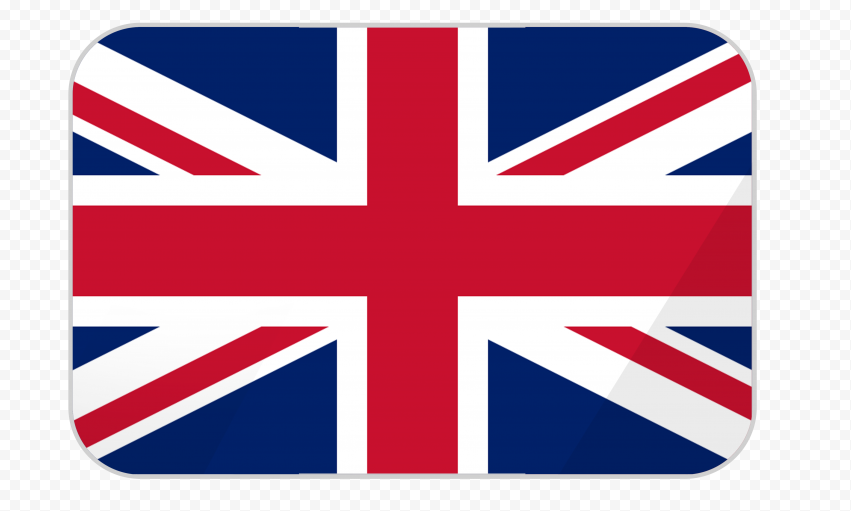 English
English
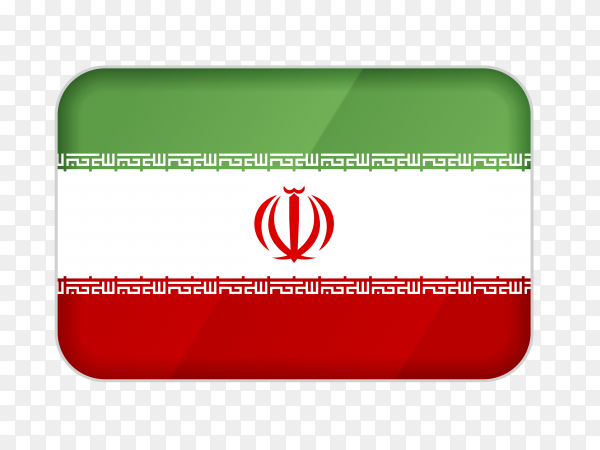 Persian
Persian
 Russian
Russian
 Chinese
Chinese


 +7929688-88-14
+7929688-88-14

